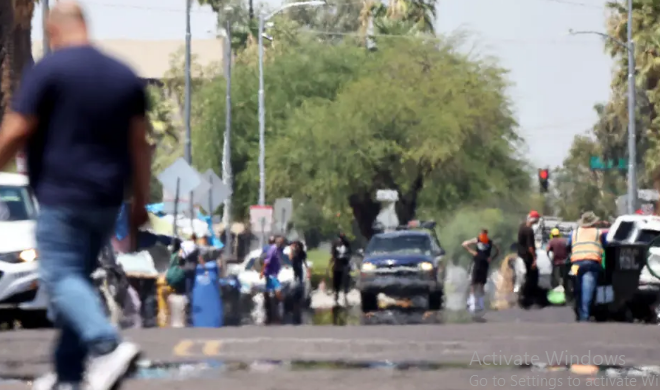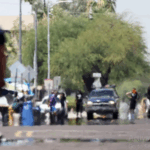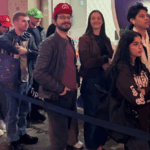While tornadoes and hurricanes announce their arrival with fury, extreme heat often comes quietly—and kills just as effectively. Unlike storms, it offers no immediate warning. A 100-degree day can look deceptively calm, yet the health threat it poses is real, cumulative, and worsening.
Scientists and public health experts agree: the danger from heat is increasing, especially as climate change drives higher temperatures in regions unprepared to cope. In 2021, a deadly heatwave claimed hundreds of lives in the Pacific Northwest, highlighting how even well-developed areas can be caught off guard. Now, researchers and communities are searching for simple, scalable solutions to protect vulnerable populations.
One promising approach is unfolding in Hunting Park, a predominantly working-class neighborhood in North Philadelphia. Just five miles from the city’s center, Hunting Park has long suffered from a lack of tree cover—only 9% compared to 48% in wealthier areas like Chestnut Hill. The result: a classic urban heat island, where streets and homes retain heat, raising local temperatures far above those in greener neighborhoods.
During the early months of the COVID-19 pandemic, traditional cooling centers like libraries and community centers were shuttered, leaving residents with few safe places to escape the summer heat. That’s when Drexel University professor Franco Montalto and a coalition of city officials, nonprofits, and neighborhood residents launched a new initiative based on a powerful but simple idea: shade.
The team introduced “heat respite areas”—wooden sidewalk planters with attached benches and umbrella mounts—designed not just to offer a place to rest, but to spark conversation and awareness about the dangers of heat. The benches were the result of a participatory design process, where local voices helped shape solutions that met the community’s needs.
Priscilla Johnson, a longtime Hunting Park resident, volunteered to host one of the benches outside her home. “People weren’t actually coming out in the heat. It was just too overwhelming,” she said. But once the benches arrived, that changed. “I came outside more than ever. Other people came and sat outside, and the kids loved it.”
Beyond offering shade, the planters ignited community interest and dialogue. Neighbors began asking about the benches and soon learned they were more than decorative—they were symbols of resilience and education about extreme heat’s health risks.
For Johnson, the project shifted her understanding. “All I knew was it was just hot,” she said. “Now I know we’re in an area where it’s especially hot. I’m more aware of what that means for our health.”
As cities across the country grapple with rising temperatures, Hunting Park’s local, community-led response offers a model: address climate challenges not only with global policies, but with neighborhood-driven solutions that put people—and shade—at the center.ws








